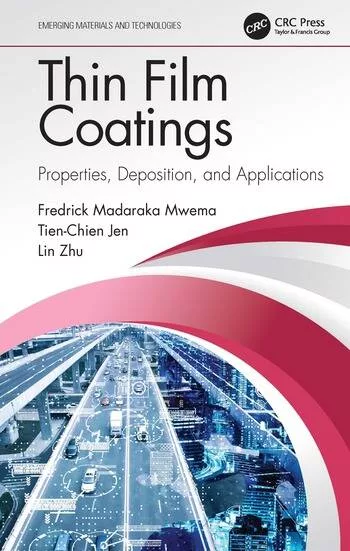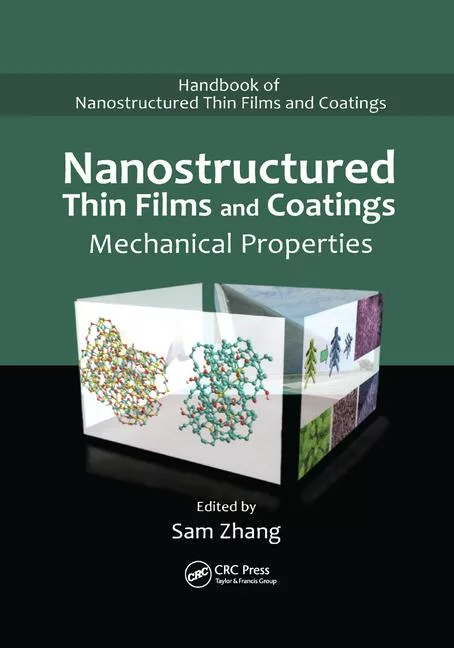CEPE Gives Direction

The CEPE welcomed some 150 company representatives from the European paint and surface coatings industry to the Cote d’Azur in France, where it held its first annual conference and annual general meeting since restructuring. The small and medium-sized companies (SMEs) came to Nice with one goal in mind: they were hoping that the CEPE would help to provide some direction in regard to their chances and prospects in the European paint and surface coatings market.
More Orientation
The SME representatives, in particular, had one pressing issue: What could the CEPE do for them in a market that is increasingly shaped by progressive concentration? What measures could the small paint and coatings manufacturers take to avoid being swept away by wave after wave of takeovers? Many had already carved out added value for themselves – e.g., through the provision of comprehensive service – as a means of remaining competitive in an ever-tighter market. Many a company even professed that the omnipresent threat posed to their existence by the time-consuming and cost-intensive attempts to grapple with REACH was to their advantage. The SMEs were agitating for a stronger lobby to represent their interests and, among other things, were hopeful that direct membership of all national associations’ members in CEPE would mean they could meet even more SMEs at the annual event in the coming year.Many of the participants were drawn to the CEPE’s AGM in Nice by a need for direction. They gave accounts of national associations, such as those in Ireland and Italy, that were once highly cohesive but whose strong presence had fallen victim to a fragmented market. These companies believed that the weakening of individual national federations was the domination of most national markets by major multinationals. The remaining national competitors were swapping less information as a result and were focusing only on their own business activities.
Prospects for Nanotechnology
This was reason enough for national associations to hoist a standard for their own cause. Just how promising this strategy could be was evidenced, among other things, by the Association of the German Paints Industry (VdL). Dr. Dietmar Eichstädt, chief executive of the VdL, outlined the prospects for nanotechnology in Europe. The current market for nanotechnology products, which Eichstädt put at over €100 billion, would increase to over €1,000 billion by 2015, he said. Some 30% of total coatings sales in 2015 would be based on nanotechnology. Since politicians and insurance companies had a few misgivings, in view of the gaping holes in our knowledge of the potential dangers of nanotechnology, Eichstädt believed that we would have to come to terms with restrictive legislation in the future. The association in Germany had already taken action: Not only had it created “Nano Care”, a new research project, but it had also compiled a VdL brochure on nanotechnology in the paint industry and consumer products (DIY). In response to comments from the floor to the effect that, in addition to the existing gaps in knowledge, there was no solution to the ever-rising prices of nano-materials, the VdL chief executive recommended sticking it out for the long haul. He believed that, a few years from now, many applications, such as automotive clear coats, would contain nanotechnology on a serial basis, despite initially rising costs. Prices might then fall again.EU's Leadership Under Threat
Falling prices were not something that Vittorio Maglia, Director of Economic Analysis, Federchimica, was able to report on. In his scenario for the chemical industry in Europe, he warned instead of the impact that a rising oil shortage and the resulting higher prices would have. The industry would therefore have to conduct a timely search for viable alternative sources of energy that would incur not only low costs, but also have a low impact on the environment. Currently, though, a good alternative was nowhere in sight.Despite all the positives, Maglia Vittorio warned that the EU’s leadership would come under threat from Asia if the slowdown in growth that was already occurring were to continue until 2015.
Turkey Expects High Foreign Investment
Turkey is painting a rosy future for itself. This was the gist of the paper presented by Tolga and Ersin Kayalar and entitled “Turkey on the Move.” The two brothers own the Turkish company Kayalar Kimya, and made it clear that their country expected to receive foreign investment of USD $25 billion by the end of this year (currently about USD $17 billion). The Kayalars themselves had already notched up some foreign investment success through their Kayalar-Meffert joint venture with Meffert AG of Germany.Market share in Turkey resembled that of other countries: 10 companies already accounted for 75% of the paint and surface coatings market. The main applications were decorative paints at 58%, wood coatings at 14% and industrial coatings at 10%. The 6% currently held by automotive finishes would grow in the medium term, said Ersin Kayalar. That was because of growing automotive production: whereas one million cars were currently rolling off production lines each year, this figure would have doubled in just two years’ time. Turkey was already the third largest producer of trucks in Europe.
It was also the sixth-largest producer of coatings in Europe, a figure that was growing at an annual clip of about 7%. Much of this was destined for exports, which would be worth USD $200 million by the end of 2007.

Powder Paint Manufacturers Must Adopt a Different Track
“Our technology has come to the end of the road and we must choose a different path,” said Robert Strouhal, chairman of the session on powder paints. Some 15 years ago, one could have been forgiven for believing that the wood sector was the application of the future for powder coatings. But the market proved to be very small and had failed to develop as well as had been predicted 15 years ago.This problem was compounded in the view of those powder coating experts present by significant price differentials, such as those between Italy and Germany. Marc Eicher, CEO of IGP Powder Technology, Switzerland, presented a positive example of how “emotional marketing” in a small market could increase both customer loyalty and revenues. It was vital to treat each and every customer and their needs separately, he said. That meant implementing measures ranging from the creation of dedicated business groups to catering to target groups. The manager affirmed his belief that the foundations of success consisted in taking courageous action and implementing it quickly.
The Key to Success for SMEs
In a special session devoted to small and medium-sized companies, Jacques Menicucci, Directeur Général Délégué, Allios, presented his company as a successful example of a medium-sized paint manufacturer. With sales of EUR 68 million, a production volume of €23,000 tonnes and 310 employees in 2006, the company had safeguarded its distribution channels among other things by supplying 150 independent wholesalers and cooperating with 7,000 contractors via 28 “Pro-Shops.”Menicucci, whose company banked on modular production, said there were eight keys to success for SMEs. In addition to market leadership, a good strategy and good staff, they included focusing on the customer, diversification, innovation, cost control and, last but not least, intensive participation in national and European associations.
Clear Focus
Jan van der Meulen, Managing Director of CEPE, summed up the main issues for the European paints and surface coatings industry in a nutshell: Should the companies decide for or against registration in 2008? How might Europe protect its competitiveness? Jokingly, van der Meulen wondered if “CE” might soon stand for “Chinese Export.” In order to prevent this – especially with regard to REACH – it was essential to be able to meet China on an equal footing in the long term. This meant that European chemicals legislation urgently required improvement.Regardless of the shape of legislative requirements, van der Meulen stressed that the future of the European paint and surface coatings industry depended on companies’ having a clear focus and securing a clear advantage through innovation.
The Current CEPE Board
Herbert Forker, Siegwerk Group, GermanyRené Riu, Materis Paints, France
Giorgio Rupnik, Gruppo Boero, Italy
Jochen Stotmeister, Sto AG, Germany
Pierre-Marie De Leener, SigmaKalon Group, The Netherlands (re-elected)
Joẵo Serrenho, CIN S.A., Portugal (re-elected)
David Meldram, Sun Chemical Europe, UK (re-elected)
Michel Kranz, BICCS Industrial Coatings, The Netherlands (re-elected)
Jacques Menicucci, Allios Group, France (re-elected)
Peter Rieck, Sonneborn & Rieck, UK (re-elected)
Aram Manoukian, Lechler SpA, Italy (new)
Kevin O’Connor, General Paints Ltd., Ireland (new)
Pekka Rantamäki, Teknos Group, Finland (new)
Michael McGarry, PPG Europe, Switzerland (new)
Bill McPherson, Akzo Nobel, The Netherlands (new)
Looking for a reprint of this article?
From high-res PDFs to custom plaques, order your copy today!






